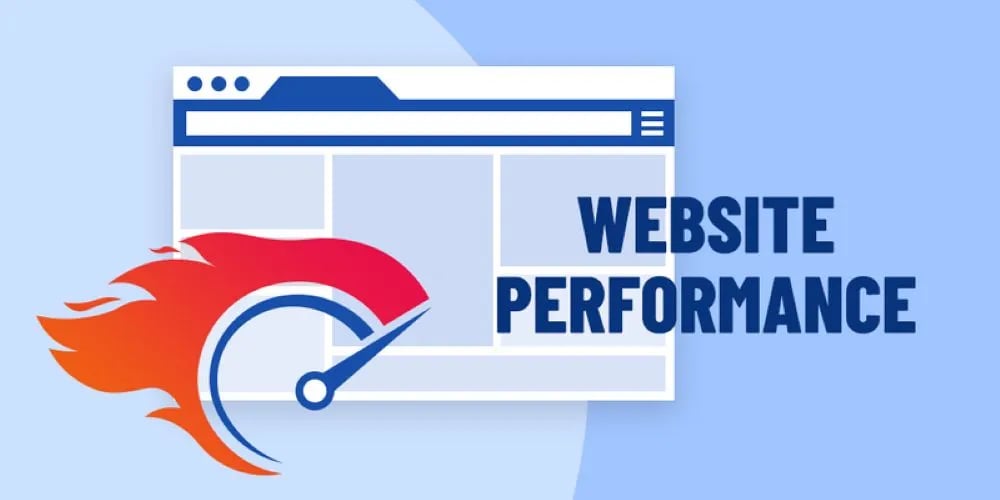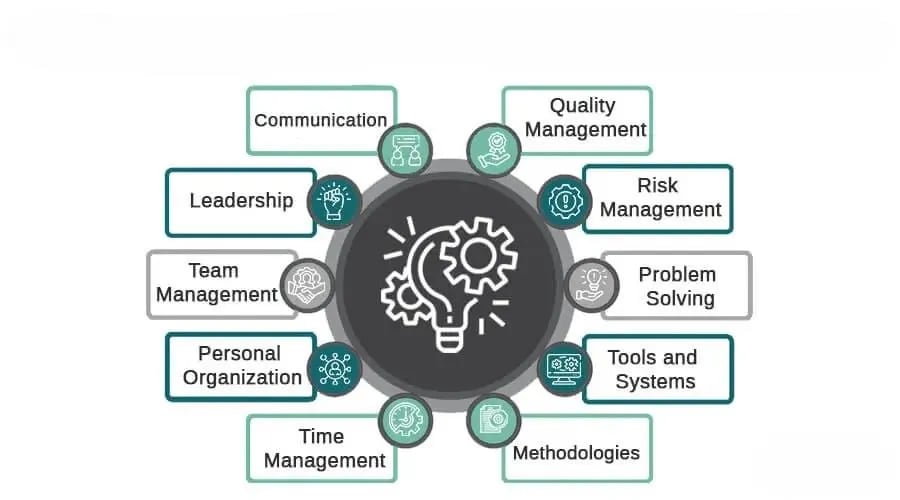
You can significantly enhance your website’s speed to better serve your business and satisfy your customers. A faster website not only improves user experience but also increases your chances of converting visitors into leads. With practical strategies to optimize your site’s performance, you can boost both engagement and retention. Don’t forget to check out resources like Make the Web Faster | Google for Developers for additional tips. Your online presence, supported by experts like Mister Nguyen Agency, can benefit immensely from improved site speed, especially when combined with social media and effective design branding.
Understanding Website Speed

The speed of your website is a key factor that influences both user experience and search engine rankings. A fast-loading website not only enhances the experience for your visitors but also encourages them to stay longer, reducing bounce rates and increasing the likelihood of conversions. In today’s competitive online landscape, understanding and optimizing your website speed is crucial for any business looking to engage customers effectively.
Importance of Website Speed
Along with enhancing user experience, website speed plays a significant role in SEO performance and overall customer satisfaction. Faster websites can boost your site’s visibility in search results, attract more leads, and ultimately improve conversion rates. If you want your business to thrive online, prioritizing website speed is crucial.
Factors Affecting Website Speed
Besides design and content, several technical factors impact your website’s loading speed. Assessing and optimizing these elements is vital for enhancing performance:
- Image sizes
- Server response time
- Browser caching
- HTTP requests
- Website code quality
After identifying these factors, you can implement relevant strategies to enhance your website’s loading times.
Speed is influenced by various elements that can either hinder or facilitate your website’s performance. Components such as hosting quality, website architecture, and plugin usage all contribute to your site’s speed. By examining and optimizing these factors, you can significantly improve user engagement and your business’s online presence:
- Use of a Content Delivery Network (CDN)
- Removal of unnecessary plugins and scripts
- Regular updates for themes and software
- Optimizing database management
After implementing these changes, you can expect to see an improvement in your website’s speed, impacting your customers’ experience positively.
Analyzing Current Website Performance

Now that you understand the importance of website speed, it’s necessary to analyze your current website performance. You need to identify bottlenecks and various aspects affecting load times. This process will help you make informed decisions on what improvements will best enhance your website’s speed, which can significantly impact your business, customer satisfaction, and lead generation.
Using Speed Testing Tools
After identifying the need for analysis, utilizing speed testing tools like Google PageSpeed Insights or GTmetrix is your next step. These tools provide detailed reports on load times, performance scores, and even specific recommendations to enhance your website’s speed. By incorporating these insights, you can better optimize your site for improved user engagement and overall effectiveness.
Evaluating User Experience Metrics
Among the necessary metrics to evaluate are bounce rates, average session durations, and page load times. Understanding how users interact with your site can reveal pain points that may be causing potential customers to leave without converting. By focusing on these metrics, you can tailor your website to create a smoother experience that caters to your audience’s needs.
Another key factor to consider when evaluating user experience metrics is user engagement. Monitor how your customers navigate your website and identify any drop-off points. If users are frequently leaving at certain stages, this indicates areas that require attention. You should aim to enhance navigation, reduce loading times, and ensure your design aligns with their expectations. By prioritizing user experience, you’re likely to convert more visitors into leads, benefiting your overall business and brand representation in the competitive digital landscape.
Optimizing Images and Media

After ensuring your website’s speed is prioritized, optimizing images and media content is vital. By reducing the file sizes without sacrificing quality, you will significantly enhance your website’s loading speed. Fast-loading pages provide a better user experience, helping you retain your customers and leads without unnecessary delays. Implementing image and media optimization is a key strategy for any online business seeking to create an efficient and engaging site.
Image Compression Techniques
At the heart of image optimization lies effective image compression techniques. Tools like TinyPNG or JPEGmini allow you to reduce file sizes while maintaining visually appealing quality. By applying these techniques, you can ensure that your images load quickly, which benefits both search engine rankings and user satisfaction on your website, ultimately elevating your brand’s presence.
Choosing the Right Format
Image formats play a significant role in your website’s performance. JPEG, PNG, and WebP are popular formats, each suitable for different types of images based on needs like quality and transparency. Selecting the appropriate format can significantly impact loading times and visual fidelity.
But selecting the right image format depends on your business goals and the type of content you showcase. For instance, JPEG is ideal for photographs due to its efficient compression, while PNG works well for images requiring transparency, like logos. WebP offers a modern alternative that provides superior compression rates without compromising quality. By considering these factors, you can optimize your website’s images to enhance performance and provide a better experience for your customers and leads, aligning with your efforts at Mister Nguyen Agency in creating a strong design brand on social media.
Minimizing HTTP Requests
Unlike static websites, which load quickly, modern dynamic websites often make numerous simultaneous HTTP requests that can slow down your site. By minimizing these requests, you can enhance website speed, providing a smoother experience for your customers. Consider evaluating elements such as scripts, images, and stylesheets to streamline their usage. Fewer requests translate to faster loading times, helping you capture and retain leads while delivering an efficient online presence for your business.
Using CSS Sprites
Any web designer understands the importance of visual appeal, but using multiple images can lead to excessive HTTP requests. By implementing CSS sprites, you can combine several images into one single file, dramatically reducing the number of server requests needed for your website. This approach enhances your business’s website speed and helps keep customers engaged without sacrificing design quality.
Combining Files
To maximize website performance, consolidating your CSS and JavaScript files is an effective strategy. Combining these files reduces the number of HTTP requests and ensures your site loads more swiftly. This reduction not only speeds up your website but also improves the overall experience for your customers, enabling your business to thrive in today’s fast-paced digital environment.
Minimizing the number of files your website utilizes makes a significant difference in loading times. By consolidating CSS and JavaScript files, you can create a single file for each type, which simplifies the loading process. This approach will enhance your website’s speed, ultimately leading to increased customer satisfaction and higher conversion rates for your business. With fewer files to load, you can keep your audience engaged longer, boosting your chances of converting them into loyal customers and generating more leads.
Optimizing Code and Scripts

Keep your website efficient by optimizing code and scripts. This means refining your HTML, CSS, and JavaScript to remove unnecessary elements, which ultimately enhances loading speed. By streamlining your website’s code, you not only improve performance but also create a better experience for your customers. Engaging a professional agency, like Mister Nguyen Agency, can help ensure your code is well-optimized to suit your business needs.
Minifying CSS, JavaScript, and HTML
Against bloated files, minification involves removing whitespace, comments, and unnecessary characters from your CSS, JavaScript, and HTML code. This process decreases file size and reduces load times, benefitting both your website’s speed and your customers’ experience. You can use various tools to automate this task, ensuring your website runs smoothly and efficiently.
Leveraging Browser Caching
One effective way to speed up your website is by leveraging browser caching. This technique allows your website’s files to be stored on your customers’ devices, enabling quicker access upon their return visits. When your browsers save certain resources, it decreases load times and creates seamless interactions, which is important in retaining leads and enhancing conversions.
Also, leveraging browser caching not only improves load times but also reduces server requests. By setting proper expiration dates for your resources, you ensure that your customers’ browsers can effectively cache images, scripts, and stylesheets. This means that repeat visitors to your site will experience faster page loads, leading to improved customer satisfaction, higher retention rates, and ultimately more conversions for your business. By collaborating with Mister Nguyen Agency, you can implement effective caching strategies tailored to your website’s needs and enhance your overall design brand in the competitive online landscape.
Implementing Content Delivery Networks (CDNs)
For businesses looking to enhance website performance, implementing a Content Delivery Network (CDN) can significantly improve load times for your customers. CDNs distribute your website’s content across multiple servers around the globe, ensuring that data is delivered from a location closest to your users. By utilizing this technology, you can optimize your site’s speed effectively.
How CDNs Work
An effective CDN operates by caching your website’s content on multiple servers located in various geographic locations. When a user accesses your site, the CDN routes their request to the nearest server, reducing latency and improving page load times. This not only enhances the experience for your customers but can also lead to better search engine rankings for your business.
Choosing the Right CDN
Below are several factors to consider when selecting the ideal CDN for your business. It’s imperative to evaluate your website’s specific needs, such as bandwidth requirements, geographic distribution of your customers, and budget constraints. Additionally, you should look for CDNs that offer advanced features like DDoS protection and caching options to maximize performance.
Delivery of content swiftly and efficiently is vital for retaining leads and improving customer satisfaction. Selecting a CDN that aligns with your goals can significantly impact your brand’s visibility and accessibility online. A quality CDN enhances user experience, ensuring that your website loads quickly no matter where your customers are located, ultimately leading to increased conversions and business growth. Trust that investing in a CDN is a step towards a faster and more reliable website with Mister Nguyen Agency’s expertise in social media and design brand strategies.
Conclusion
As a reminder, enhancing your website speed is vital for your business’s success in retaining customers and generating leads. By implementing the tips discussed, such as optimizing images, leveraging browser caching, and utilizing Content Delivery Networks, you can create a seamless experience for your users. At Mister Nguyen Agency, we emphasize the importance of a fast-loading website in your digital marketing strategy alongside effective social media and design brand approaches. Investing in your website speed can significantly impact how your audience perceives your brand and ultimately lead to better conversion rates.











